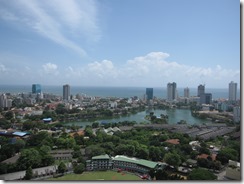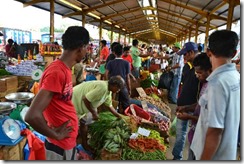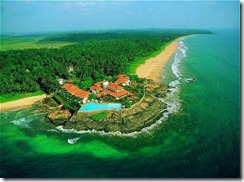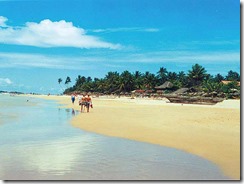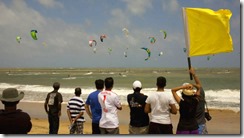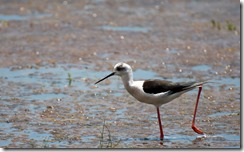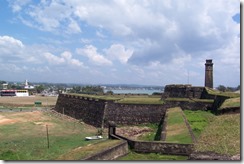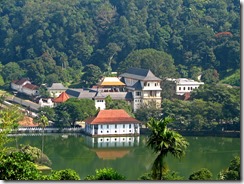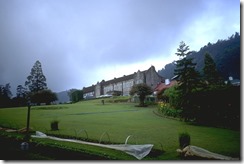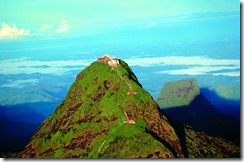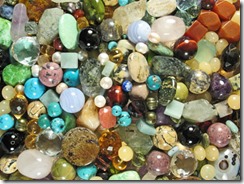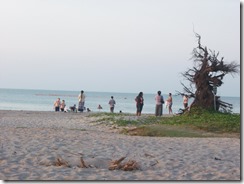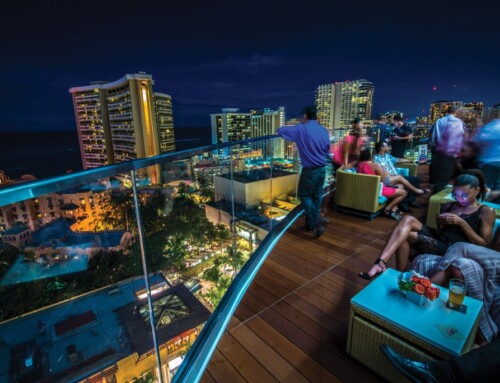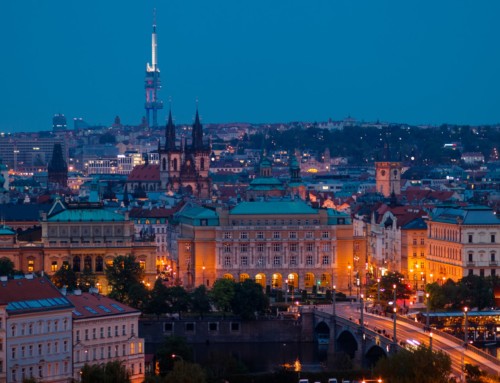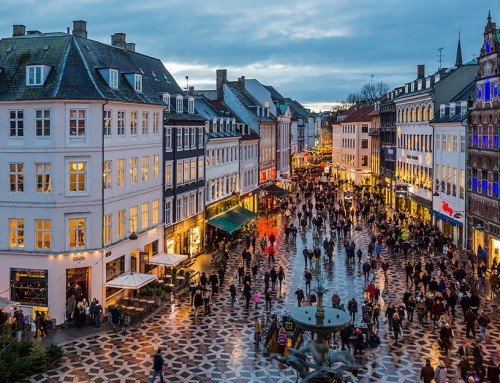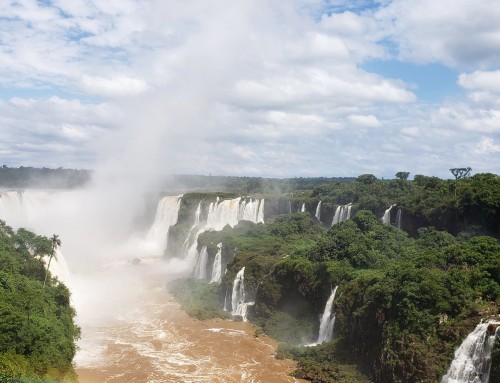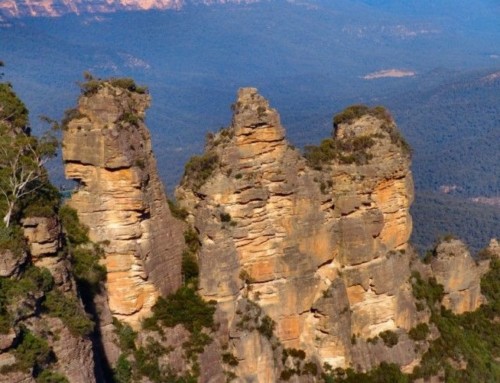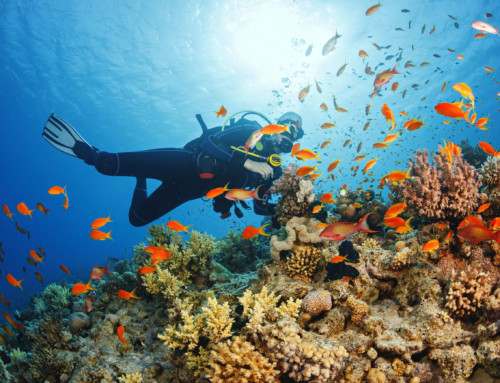Sri Lanka has attracted many tourist and traders for centuries. Sri Lanka’s precious gems are world famous. It is situated in the palm fringed shores. It is just above the Equator in the Indian Ocean. It is known for its natural beauty. Its shape is like a tear drop. Its beaches are refreshing while its interiors boast of a landscape full of wildlife, jungles, tea plantations and the misty heights of the hill country.
Sri Lanka has an early Buddhist civilization. It has a unique geographical position attracting traders of Arab, Malay, Portuguese, Dutch and British whose impressions can be seen in its culture. Though the Tamilians have brought into Sri Lanka a vibrant Hindu Culture. Colombo is the islands capital and has a multi-layered history.
Colombo stretches 50 km along the western seaboard. The city has a few specific sights with a mix of Asian anarchy, colonial charm and modern chic. Serene Buddhist shrines, Churches, Hindu temples makes Colombo a cosmopolitan city. Colombo is situated on the delta of the Kelani Ganga which is the fourth largest river.
Pettah is a helter-skelter bazaar district and is the most absorbing area in Colombo. The tourist sees merchandise piled in tiny shops and on the pavements. Each street in Pettah has a particular layout of goods. The place has a Tamil and Muslim flavour.
Bentota has many upmarket places. The beach divides it into two areas. Paradise Island lies to the north end. It is sandwiched between the waters of the Indian Ocean and the calm waters of the Bentota lagoon. It provides water sports and boat trips.
On the Southern end of Bentota beach, the tourist will find wide stretches of sand and dense corkscrew palms. It’s one of the most attractive beaches on the island. Here, you will find top-end hotels and villas.
Hikkaduwa was originally a hippy hangout of Sri Lanka. It has now started to rise, and it is being renovated to attract tourist. It is now lively with plenty of eateries, bars, shops etc. It holds an annual Hikkaduwa Beach Fest which is a three day beach party. It has excellent local surf, good diving and snorkelling. There are also a number of Hindu Temples. Ways of transport are a tuk-tuk or bicycle.
It has the largest diving school in Sri Lanka.
Alankuda has eco-resorts at its beautiful beach which are a centre place. You will find strong winds for which it’s a prime spot for kitesurfing. It has two kitesurfing schools. Other sports too are carried out here such as kayaking, deep-sea fishing and snorkelling. Bar Reep is home to coral gardens. It is home to over 150 types of corals. It is the most pristine garden of Sri Lanka.
‘Wilpattu National Park’ is the largest in Sri Lanka. It was closed for some period but again reopened in 2009. It has animals like elephants, leopards, sloth bears, deer and many birds. Its villus attracts a number of water birds and wildlife. This park is on the border of the Northern Province.
Galle is perched on the southernmost point and has grown to be Sri Lanka’s fourth largest city. It has a Dutch Fort. The city is lined with Dutch villas, churches and other colonial landmarks. The tourist can just stroll around the old streets soaking in its peace and absence of traffic. It has a Gallie Literary Festival and a Music Festival.
Beyond Galle lie a string of beaches. It has outstanding national parks like Yala and Bundala.
Kandy is hidden away in the lush green hills of Sri Lanka. It is home to the Temple of the Tooth. It’s a religious shrine. It holds a festival known as the Esala Perahera. It preserves its unique customs and culture. It lives on music, dance and its architecture. It has scenic highlands and a temperate climate which is pleasant. Kandy still maintains its small-town atmosphere in spite of the crowds of people and traffic.
North of Kandy the tourist reaches the plains to see Sri Lanka’s great civilization which is found in the ruins of cities like Anuradhapura and Polonnaruwa. There are cave temples at Dambulla and hilltop shrines at Hihinte and at Sigiriya the visitor finds the unique rock citadel.
The tourist enters the east through the war-torn city of Trincomalee. The east has coastlines which are not developed. The villages of Nitaveli and Uppuveli are the sleepy ones. There is a surfing centre at Arugam Bay.
Nuwara Eliya is the highest town in Sri Lanka. The tourist sees it as a green bowl. It lies below the gaze to Pidurutalagala. This town was established in the nineteenth century by the British. It is known as Sri Lanka’s “Little England”.
The British have left behind their little landmarks of their era when one sees the jaunty seaside kitsch to solemn faux-Tudor. This gives the town an English touch. Nuwara Eliya has an unpredicted weather. It has a certain charm and is the base for the countryside around and the fragrant tea estates. The southern highlands of the tea estates are dotted with bungalows. They offer the tourist with beautiful stay in wonderful locations. During the Sinhalese new-year Nuwara Eliya becomes a popular place to visit in the month of April. This is spring time, and one sees beautiful colourful flowers. For ten day celebrations go on to entertain the visitor. From here, one can visit the Horton Plains National Park.
Adam’s Peak is the most eye-catching natural landmarks of Sri Lanka. It’s a soaring peak from the South-western edge of the hill country. The peak is at 2243 m. Many a legend speaks its own story from this peak. It is a Buddhist place of worship. The visitor starts the upward journey at night in order to catch the dawn along with the thrilling beauty of the surrounding.
“City of Gems” a perfect name for Ratnapura which is located in the south-western corner cosily nestled among the hills. It has many visitors purchase the gemstones from Ratnapura. This town leads the tourist to the two national parks. Sinharaja and Uda Walawe. It is the wettest place in Sri Lanka. This makes the climate humid and sticky. Ratnapura has made its mark in gemstones, and this is the richest source of gems. These gems have come from the eroded rubble of the central highlands. It is a geological phenomenon. This rubble was washed down hills along with minerals, muddy alluvial and yes of course the gemstones. The rubble mixture is washed and then the labourers collect the gems. Gem mining is not very tech savvy.
Gemstones found in Sri Lanka are blue sapphires, pink rubies, garnets, cat’s eyes, alexandrite, tourmalines, quartz, spinel, zircon and moonstone.
Jaffna is a place in the north of Sri Lanka and the tourist wish to visit it. It has a mix of colonial charm and a Tamilian culture very much vibrant. One can see a lot more here, but it’s off the beaten track like a string of remote temples and beaches. Do plan a trip to Sri Lanka if, per chance, you have not yet visited it.

